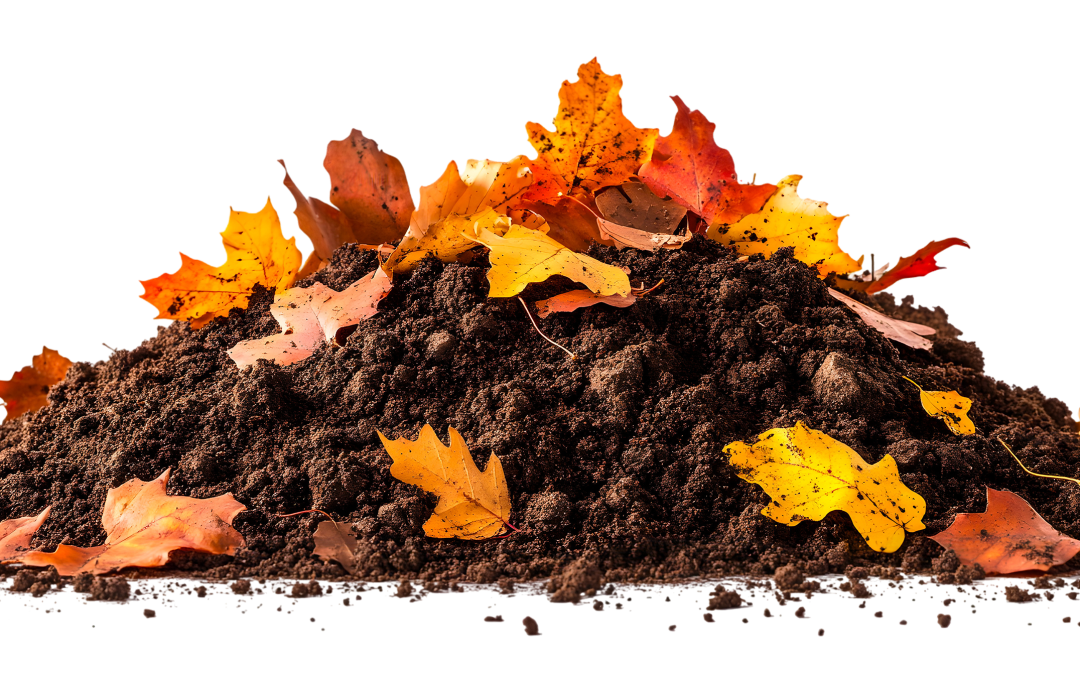PLANT BULBS
Mid-fall, well before the first frost, is the time to plant bulbs such as daffodils and tulips. These spring flowers will have time to settle in before the cold weather and come spring they will add color to the emerging landscape after so many months of gray.
CLEAN UP THE VEGETABLE GARDEN
Remove this year’s plants from your vegetable garden. Some people will till them into the soil the next spring. Others fear that any lingering diseases on your plants will winter over in the garden and choose to remove the dead foliage.
PLANT A COVER CROP
Cover crops such as winter rye can be seeded in the fall. They will sprout just before winter sets in and help keep the soil together through the cold season’s storms. In spring the rye can simply be tilled into the garden to add nutrients such as nitrogen back into the soil.
PUT YOUR TOOLS AWAY
Seems like this step should be a no-brainer, but many a seasoned gardener has wandered into their garden in January to realize they have left a hoe or shovel propped against a fence – rusting in the winter sun. Now is a good time to inventory your tools clean them up and put them away for use next season.
TAKE NOTES
While it’s fresh in your memory, keep tabs on what you grew where over the summer months. Crop rotation is vital to a healthy garden. Heavy feeders like corn and tomatoes will leave tired soil and on the other end beans and peas will have fixed nitrogen from the air into the soil. Keeping tabs on where you planted also helps avoid diseases such as club rot from coming back the following season.
PLAN YOUR WINTER PROJECTS
Don’t wait until the height of the season to replace your potting bench or garden gate. Use the colder months to get a jump start on these types of out-of-garden projects. Fixing fencing typically should wait until the spring as New England winters are liable to knock portions of them down. Compost bins, benches and sifters all can be assembled indoors in the winter.

